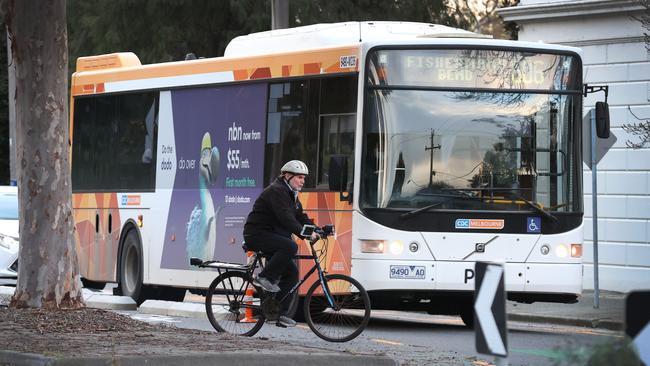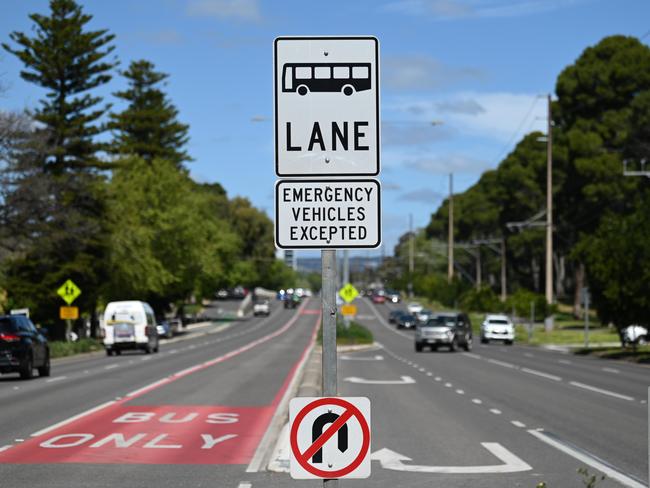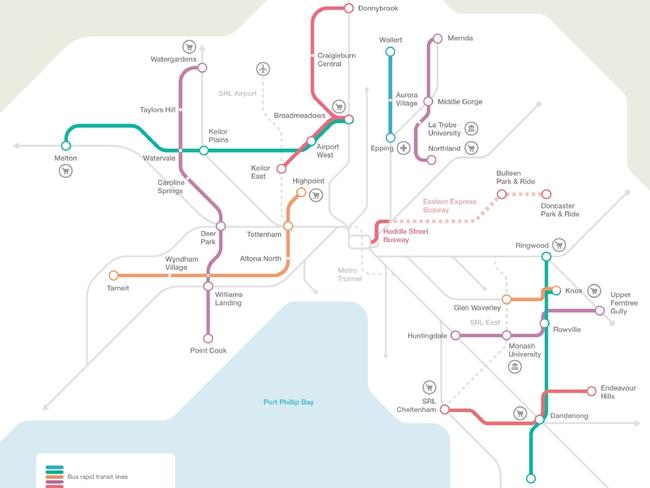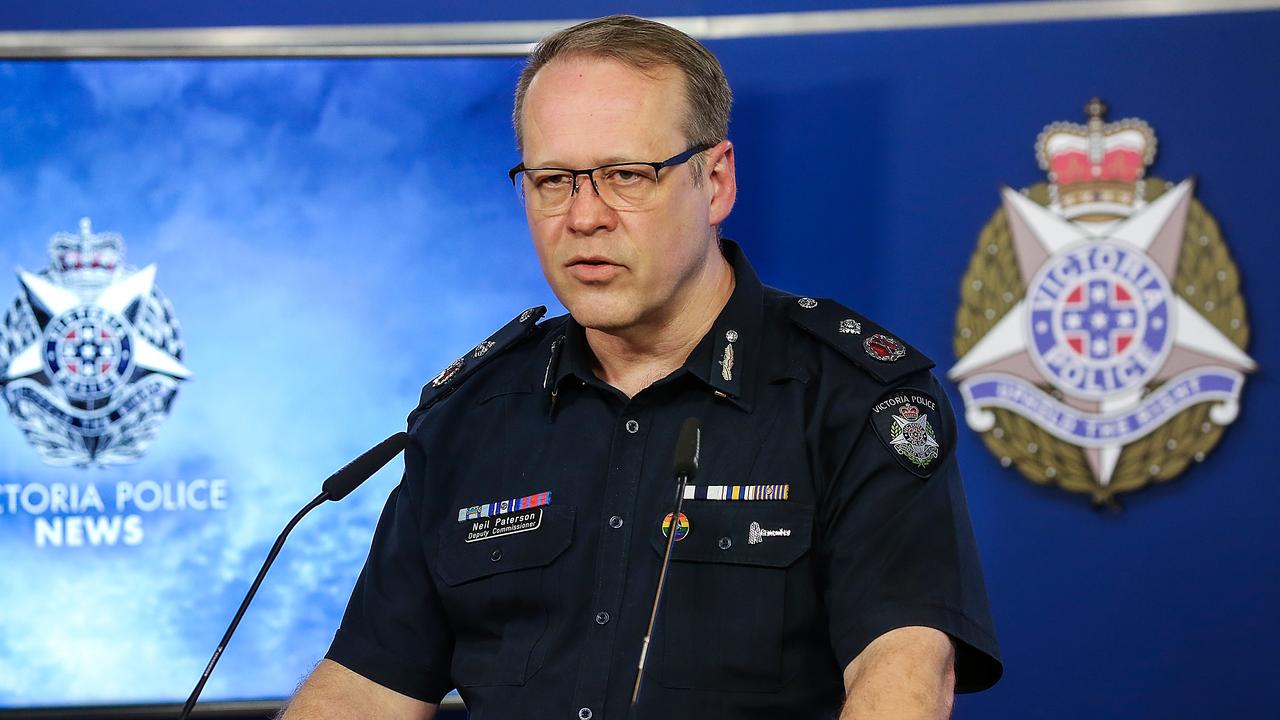Overhauling Melbourne’s bus network key to improving city connectivity, experts say
Rolling out more buses with dedicated lanes could remove 100 million car trips from Melbourne roads annually, according to experts. Have your say.

Victoria
Don't miss out on the headlines from Victoria. Followed categories will be added to My News.
Melbourne must transform its bus network and give way to “gentle density” if it wants to start addressing the city’s connectivity and housing challenges, experts say.
The annual Benchmarking Melbourne report, which assesses Greater Melbourne against 19 “peer cities”, found it was at risk of losing its status as one of the best places in the world to live if it did not tackle these pressing issues.
According to the report, which was released last week, Melbourne fell from 13th to 14th for connectivity, when assessed against its peer cities, including London and Singapore.
Less than half of Melburnians live close to public transport that runs frequently, with the city ranking in the bottom half for access to bus stops (11th) and rail stops (14th).

Mark Melvin, chief executive of prominent advocacy group Committee for Melbourne, which commissioned the report, said less than 2 per cent of public transport journeys across Melbourne were made on a bus.
“It’s an under-utilised resource that Melbourne can tap into immediately,” he said.
He added that analysis revealed a reformed bus network could take 100 million private vehicle trips annually off Melbourne’s road network by 2030.
Tim Moonen, managing director of urban intelligence firm The Business of Cities, which authored the report, said Melbourne needed to look at implementing “bus rapid transit” or busways, among other solutions.
The terms describe an advanced system of high-capacity buses, which rely on bus-only lanes, elevated platforms and sheltered stations, leading to faster and most frequent services.
“It will gets you from A to B much quicker than a car,” he said.
Jonathan Spear, chief executive of independent advisory body Infrastructure Victoria, agreed the “most obvious” way Melbourne could improve its connectivity was through its buses.
“In the growth areas of our city, where we don’t currently have much public transport connectivity, there is a real opportunity to deliver bus services,” he said.
“And in the established suburbs, we’ve got buses that aren’t actually very frequent or very direct, so there’s a real opportunity to … reconfigure the buses that we already have.”
He said according to Infrastructure Victoria’s expert modelling, overhauling the bus network would give Melbourne “much better connectivity all over the city”.
The Eastern Busway between Doncaster and the city will be Melbourne’s first when it opens in 2028, but Infrastructure Victoria believes up to 10 busways could be rolled out across the city.

Mr Moonen and Mr Spear both spoke at a Committee for Melbourne summit last week where leaders discussed Melbourne’s future off the back of the report, which also flagged housing as a “big concern”.
The Summit heard that Melbourne needed to move forward with “gentle density” after years of defaulting to suburban sprawl.
“Gentle density is about in the places that are sensible to do so … creating one or two or three floors above the existing scale that exists currently or subdividing and creating a little bit more on existing blocks,” Mr Moonen said.
By making Melbourne a more compact city, the summit heard it would improve the quality of life for residents, who were more likely to live closer to their work and spend less time behind the wheel on congested roads.
“You can, I think, create a version of the city you have now that is much more liveable,” Mr Moonen said.
But he said that residents needed to know this type of densification was not about infringing on the “aspects that make life in suburban Melbourne fantastic”, such as light and open spaces.
The report concluded that the city needed a “clear growth model” and to plan the “appropriate cycles of infrastructure investment to accommodate it”.
“This ultimately is likely to include not just one silver bullet project but multiple suburb-to-suburb and suburb-to-CBD connections, investments in multiple mobility choices and the focus on getting growth precincts right,” it states.




